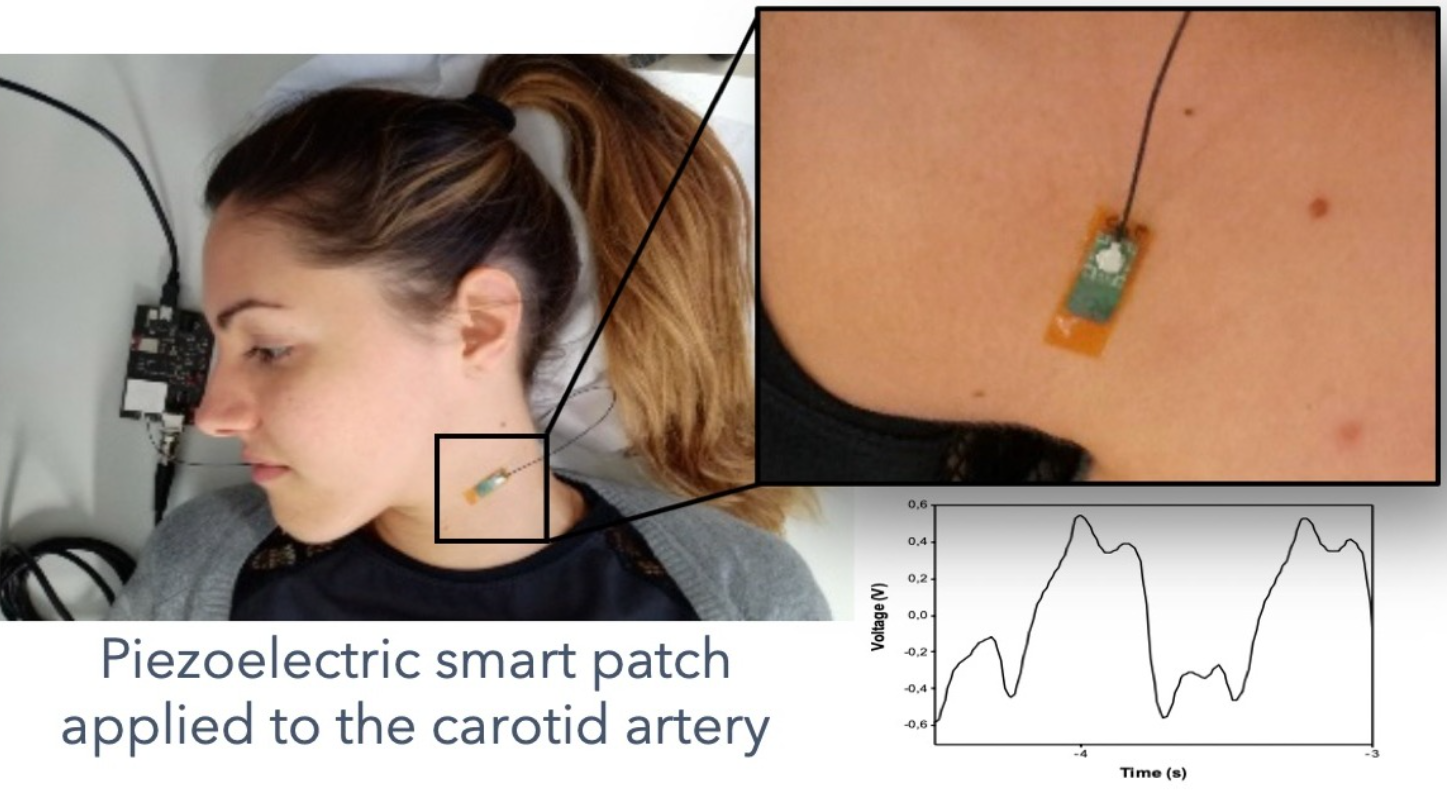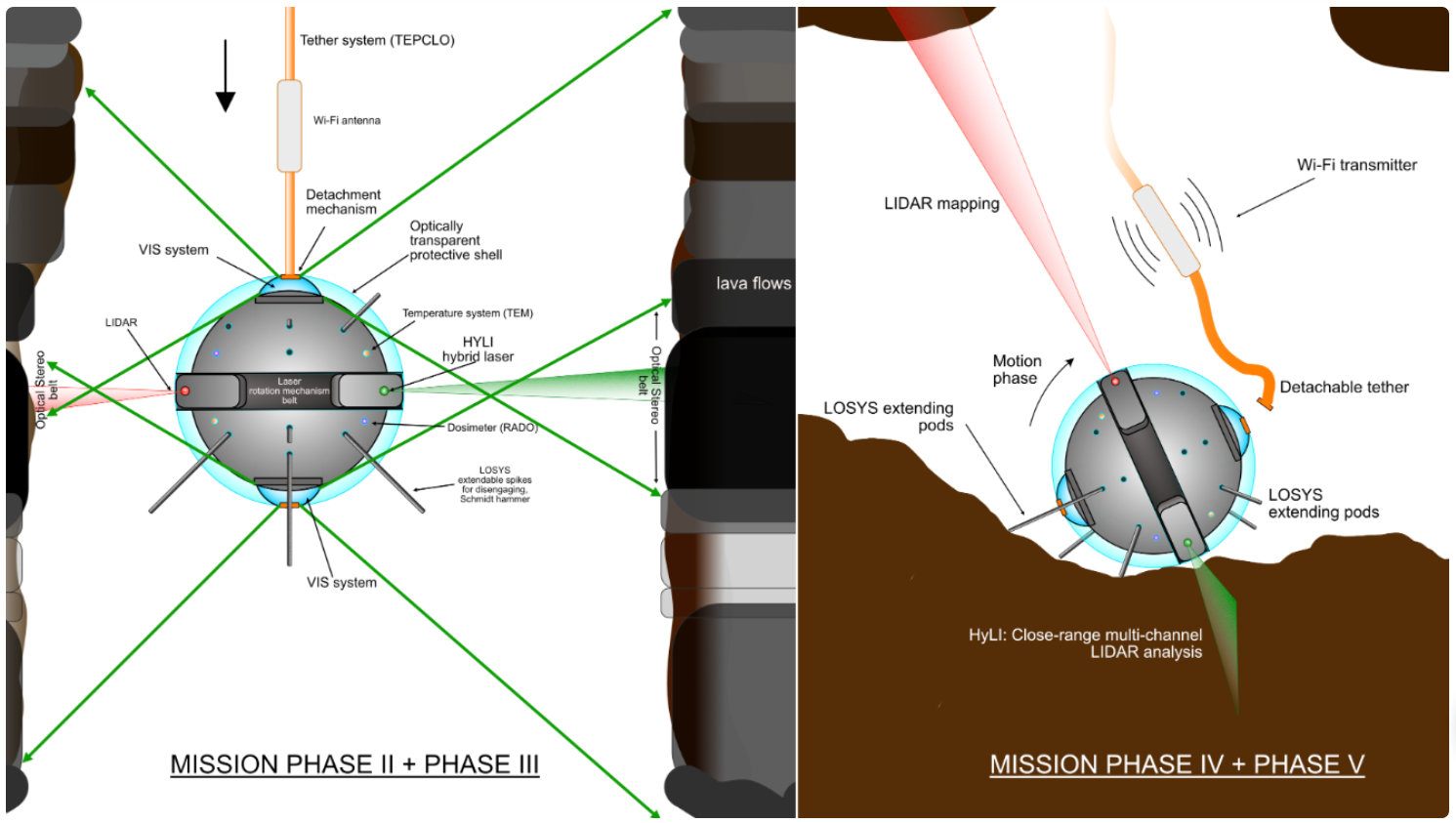Implemented OSIP ideas — May 2020
ESA's Open Space Innovation Platform (OSIP) seeks novel ideas for new space research activities. Campaigns and Channels invite solutions to specific problems or ideas on more general topics, with those run by Discovery & Preparation, including the Open Discovery Ideas Channel, specifically looking for ideas that could be implemented as system studies, early technology developments, or PhD or postdoc research co-funded by ESA and a university.
In May 2020, the following ideas were implemented through the Open Discovery Ideas Channel:
| Piezoelectric skin smart patches for monitoring vital parameters and sleep of astronauts Fondazione Istituto Italiano di Tecnologia Living in space can negatively impact astronauts' health. This study will develop electronic skin patches to continuously monitor specific cardiovascular and muscular parameters. These would be unobtrusive so as not to interfere with astronauts' normal movements. |
 |
The following ideas were implemented through the OSIP Lunar Caves Campaign:
| Robotic crane for wireless power and data transmission between surface and cave University of Oviedo This early technology development project will focus on providing a power and communications interface to the swarm of robots gathering scientific data inside a lunar cave, but the infrastructure could also be used to perform scientific studies on the geological structure of the pit wall. |
 |
 |
Descent And Exploration in Deep Autonomy of Lava Underground Structures University of Würzburg This early technology development project aims to explore and characterise the entrance and initial parts of lunar lava tubes with a compact, tightly integrated spherical robotic device. In particular, the project will address the identification and characterisation of potential resources for future lunar exploration, the local environment of the subsurface and its geologic and compositional structure. |
The following ideas were implemented through the OSIP Remote Sensing of Plastic Marine Litter Campaign:
| Airborne & Satellite Observation Strategies for marine litter monitoring Skyflo This early technology development project aims to collect high quality and high resolution data on floating objects in coastal waters near the mouth of the River Elbe. It will use a seaplane on clear and still (low wind) days to collect data at the same time as the Copernicus Sentinel-2 satellites collecting data of the same location, in this way assessing and validating Sentinel-2's ability to monitor floating objects from space. |
 |
 |
Global plastic database Isardsat This study will create a global database of ocean plastic that includes satellite data as well as data from the ground. The database will be available via a website and an application. |
| Spectral properties of submerged and biofouled marine plastic litter University of the Aegean This early technology development project will explore how the depth and coverage of living organisms on a piece of marine plastic litter affects how it reflects light. |
 |
The following ideas were implemented through the OSIP Enabling Harbour to Harbour Autonomous Shipping Campaign:
| Enabling Harbor to Harbor Autonomous Shipping in Sea Ice Conditions Finnish Geospatial Research Institute This early technology development project aims to demonstrate autonomous vessel situational awareness using artificial intelligence and machine learning-based detection and identification of sea ice. The system will use data from visible, infrared cameras onboard satellites. The project will also explore the impact of interference on satellite navigation signals. |
 |
 |
Enhanced Surrounding Awareness and Navigation for Autonomous Vessels Deimos Space The main objective of this early technology development project is to understand the viability - both technical and commercial - of using satellite and high-altitude pseudo satellite (HAPS) platforms to assist autonomous navigation vessels. The study will focus on technologies to assist collision avoidance measures, situational awareness, and planning. |

